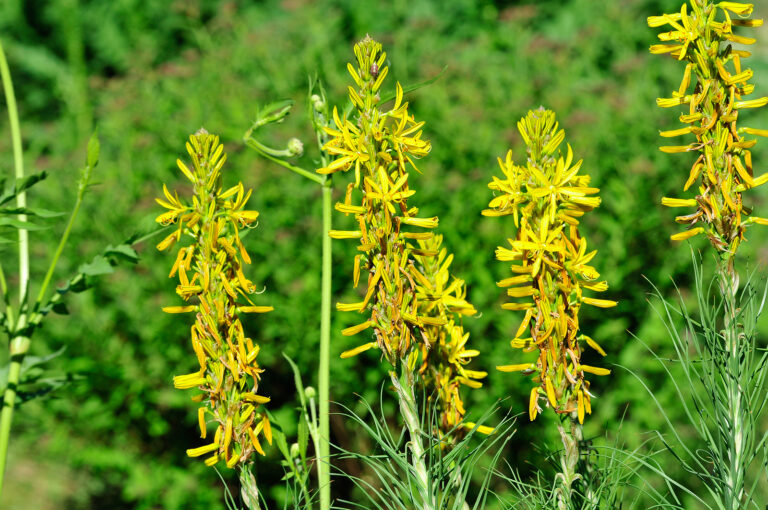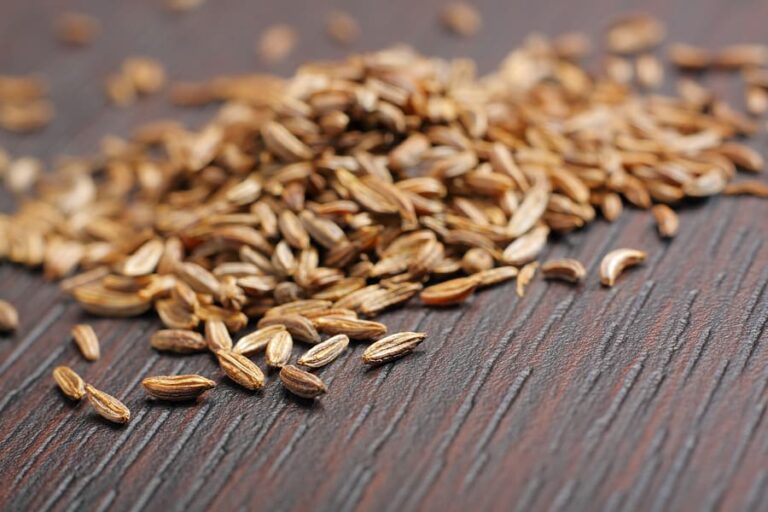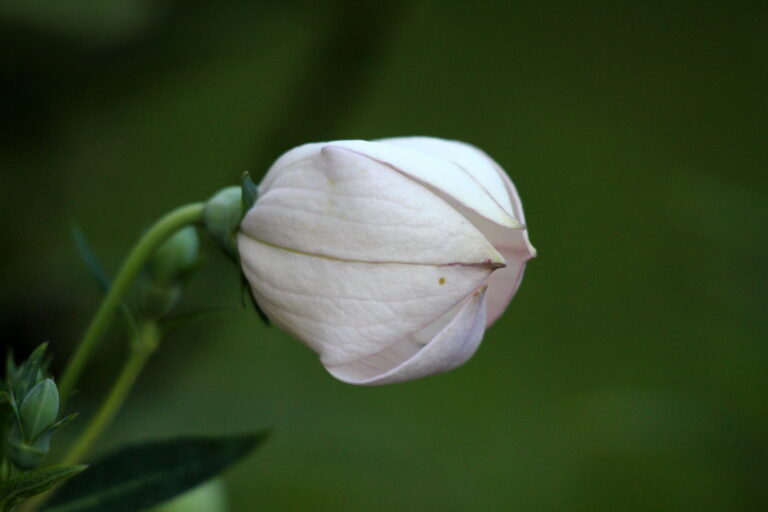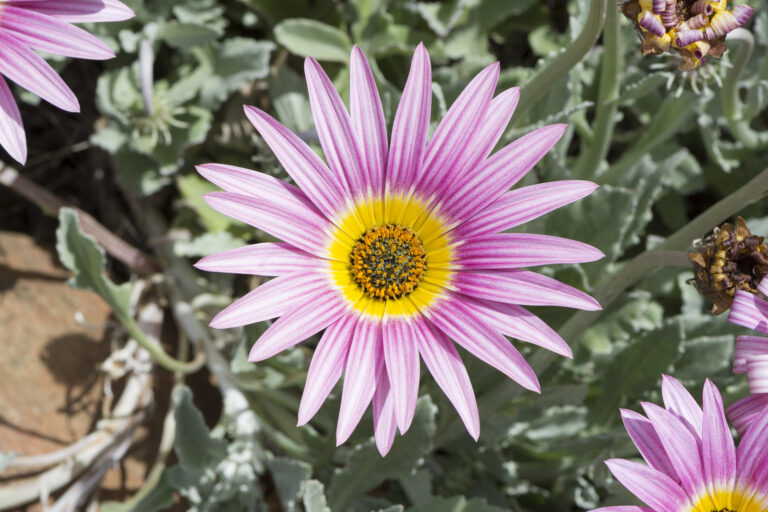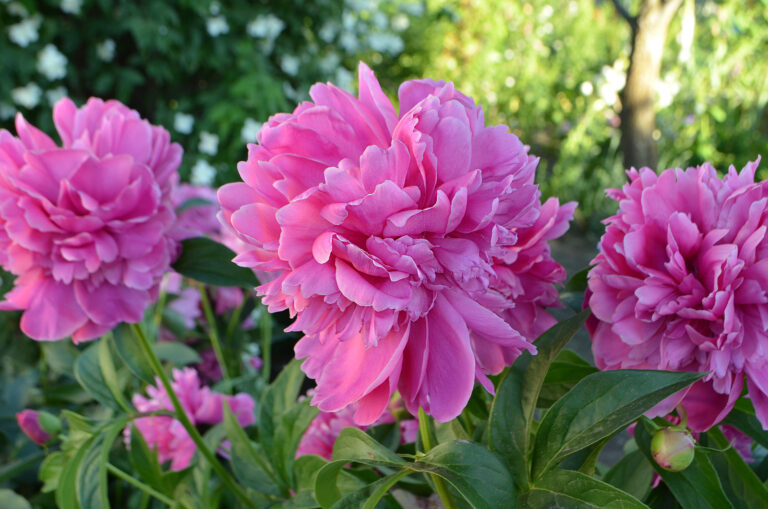How to Grow Obedient Plant — Physostegia
Physostegia–commonly called Obedient plant–bears spikes of hooded, two-lipped, tubular white, pink, or purple flowers. Blooms appear in late summer.
Obedient plant is a compact, erect perennial with lance-shaped, toothed mid-green leaves. When moved, the flowers will remain in the new position–thus the common name obedient plant.
Physostegia is a good choice to grow in borders. It is a good cut flower.
Physostegia is a genus of about 12 species of rhizomatous perennials. They are native to sunny sites in Eastern North America.
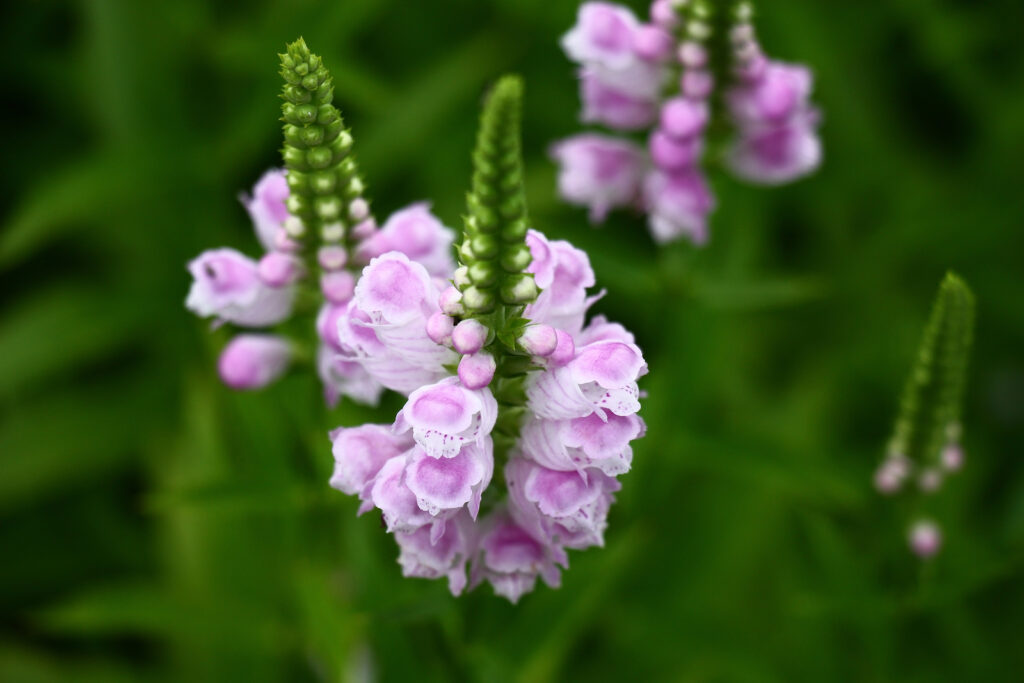
Get to know Physostegia
- Plant type: Perennial
- Growing Zones and range: Zones 2-9
- Hardiness: Hardy to -35°F (-37°C)
- Height and width: 3 to 4 feet (1m) tall; 3 feet (1m) wide and tends to spread further by runners
- Foliage: Square stems and alternate pairs of toothed leaves
- Flowers: Spires of tubular, 2-lipped flowers
- Flower colors: Pink, white
- Bloom time: Late summer through early fall
- Uses: Flower beds and borders
- Common name: Obedient plant, false dragonhead
- Botanical name: Physostegia virginiana
- Family: Lamiaceae
- Origin: Eastern North America
Where to plant Physostegia
- Grow the Physostegia in full sun or part shade.
- Grow the Physostegia in average, well-drained soil that is acidic.
Physostegia uses and companions
- Grow Physostegia for late-summer color in borders and naturalistic gardens.
- Physostegia is a good cut flower.
- Good garden companions for Physostegia include Anemone hybrida, Aster, Chrysanthemum, Erigeron, Phlox paniculata, Scabiosa caucasia.
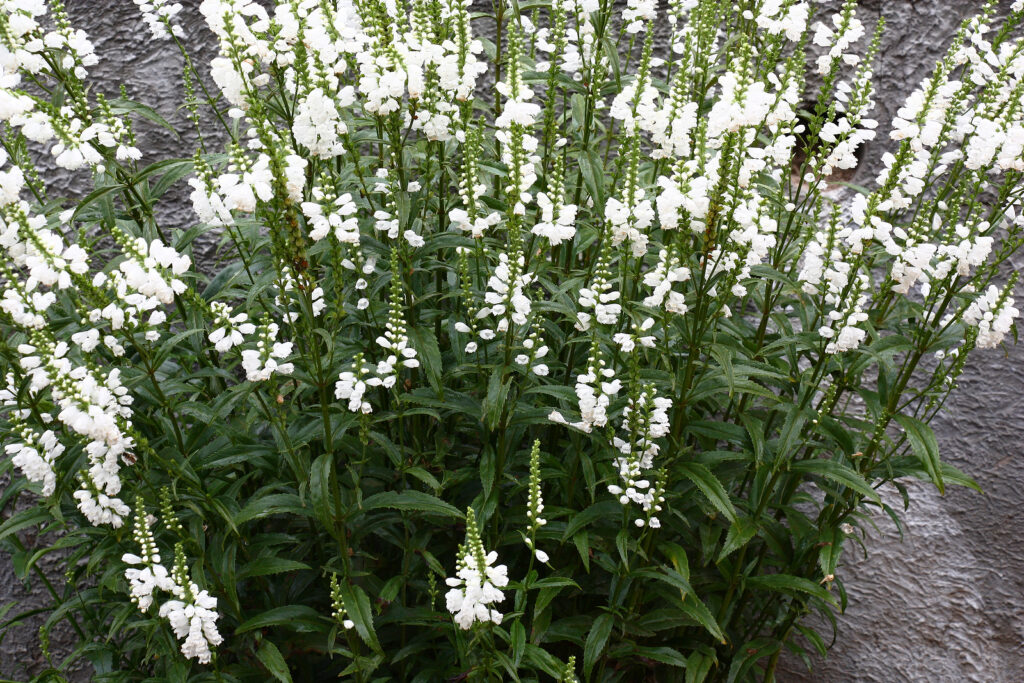
When to plant Physostegia
- Set established Physostegia in the garden in spring or fall.
- Sow seed in spring or autumn.
Planting and spacing Physostegia
- Space Physostegia 3 feet (1m) apart.
- Sow seed 1/8 inch deep in evenly prepared soil.
How to water and feed Physostegia
- Physostegia needs moderate to abundant moisture. Keep the soil evenly moist; do not let it dry out.
- The obedient plant does not need extra fertilizer. Fertilizing can spur invasive growth.
Physostegia care
- Mulch around the Physostegia to conserve soil moisture.
- Avoid fertilizing Physostegia; extra nutrients can cause plants to become invasive.
- Cut the Physostegia back after blooming to encourage new blooms.
- Remove or thin some plants in spring or fall to keep the Physostegia from becoming invasive.
Physostegia pests and diseases
- Physostegia is sometimes affected by rust.
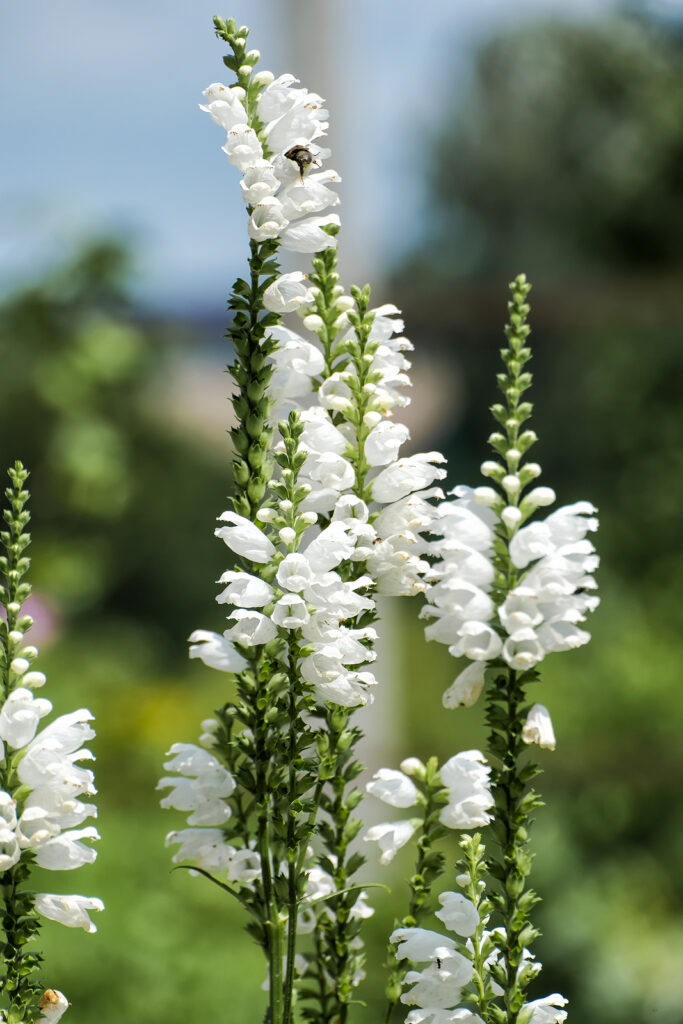
Physostegia propagation
- Physostegia seeds germinate in 2 to 4 weeks at 60° to 75°F (15°-24°C); refrigerate seeds for 60 days before sowing to enhance germination.
- Sow seed in containers in a cold frame in autumn.
- Divide in winter or early spring before growth begins.
Physostegia varieties to grow
- Physostegia virginiana, obediant plant, false dragonhead: spreading perennial with lace-shaped leaves bears racemes of deep purple or bright lilac-pink, sometimes white, flowers from midsummer to early autumn; grows to 4 feet (1.2m) tall and 24 inches (60cm) wide; cultivars include ‘Vivid’ is a favorite, and ‘Summer Snow’ is early blooming and less invasive.


